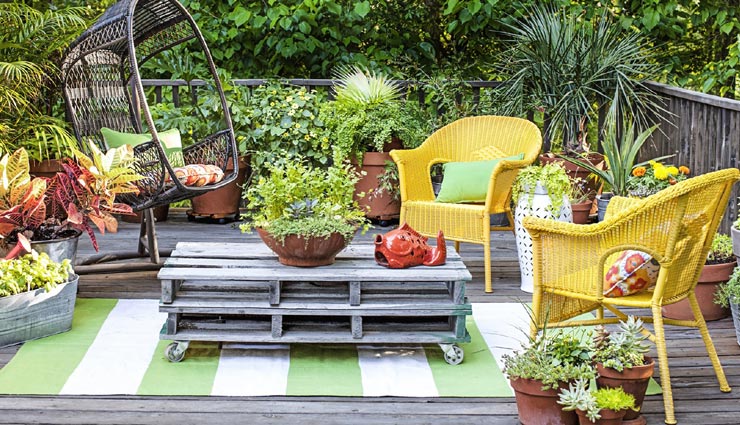17 Vastu Tips To Follow For Garden
By: Priyanka Maheshwari Wed, 26 Aug 2020 02:20:56

Garden vastu remains one of the most overlooked sections.While making a home, most people are focused on vastu for rooms and other parts and pay very little attention to the garden area.
But this in no way means that garden vastu is dead.There’re some intelligent people (like you) who understand (or want to understand) its importance and wish to implement vastu shastra to their gardens too!So, on that note, let’s begin learning what vastu shastra says about placing (or locating) a garden in a home.
Again, as with everything else in vastu shastra, there’re rules and regulations that you need to follow if you’re planning to have a home garden.Just before we begin, I want to tell you that the amount of information on garden vastu can become overwhelming; that’s the reason why I’ve divided the article in 2 sections.The first section is the direction-wise do’s and don’ts of garden vastu and the second section reveals general garden vastu tips.With this in mind, move forward to the first section of the article i.e. direction-wise do’s and don’ts of garden vastu.

* Always have a healthy Basil (Tulsi) plant within house limits.
* Planting Jasmine on either side of pathway is considered auspicious.
* Creepers should be grown in the garden only.
* Every creeper should have its own support system.
* Always keep the garden clean.
* Make sure all the plants are healthy & well maintained.
* The garden must be peaceful and tranquil.
* Place water pot for thirsty birds.
* Avoid thorny plants (such as cactus); they bring tensions and weaken relationships.
* Avoid bonsai plants (they depict stunted growth).
* No Ber and Bamboo plants within house limits.
* Dead leaves, dead plants etc. are strict no.
* Avoid artworks depicting negative emotions such as war, crying girl, loneliness etc.
* No creepers inside the house.
* The compound wall shouldn’t be support of creepers.
* No flower pots on compound wall.
* The plants in the pots mustn’t be more than 3-4 feet tall.
* Milk bearing trees or plants are a strict no.





